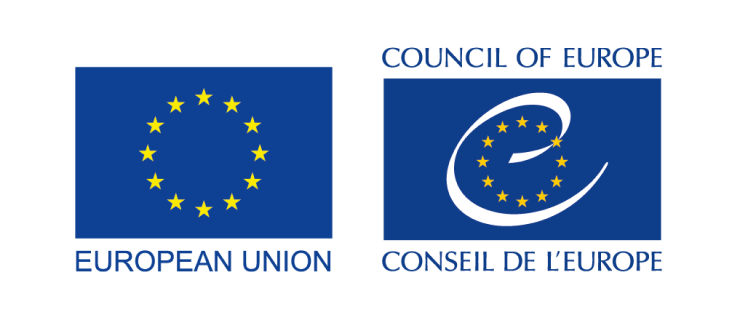Historical Sources Regarding History Education
Where Does Teaching Multiperspectivity in History Education Begin and End? An Analysis of the Uses of Temporality
Bjorn Wansink, Sanne Akkerman, Itzél Zuiker and Theo Wubbels • Theory & Research in Social Education • 2018
Levels and forms of education
Other Levels and Forms of Education
Resource type
Conceptual or themathic publications
Historic approaches concerned
Global History
Intellectual History
Other Approaches
Historic period
No data
Countries or areas concerned
Without regional focus
Languages
English
Description
Abstract: This study reports five Dutch expert history teachers’ approaches to multiperspectivity in lessons on three topics varying in moral sensitivity (i.e., the Dutch Revolt, Slavery, and the Holocaust) and their underlying considerations for addressing subjects’ perspectives in different temporal layers. The lessons were observed and videorecorded, and the teachers were interviewed. Lessons were analyzed using a theoretical framework in which three different temporal layers of perspectives were distinguished, each with its own educational function. Teachers addressed multiple temporal layers and functions of multiperspectivity in almost all of their lessons. However, teachers’ focus on temporal layers and function differed between lessons. Four categories of considerations for or against introducing specific subjects’ perspectives were found: functional, moral, pedagogical, and practical. Moreover, teachers engaged in “normative balancing,” meaning that not all perspectives were perceived as equally valid or politically desirable, showing where multiperspectivity ends.
Keywords
Multiperspectivity
Historical Consciousness
Senstive histories
Temporality
Pedagogy
